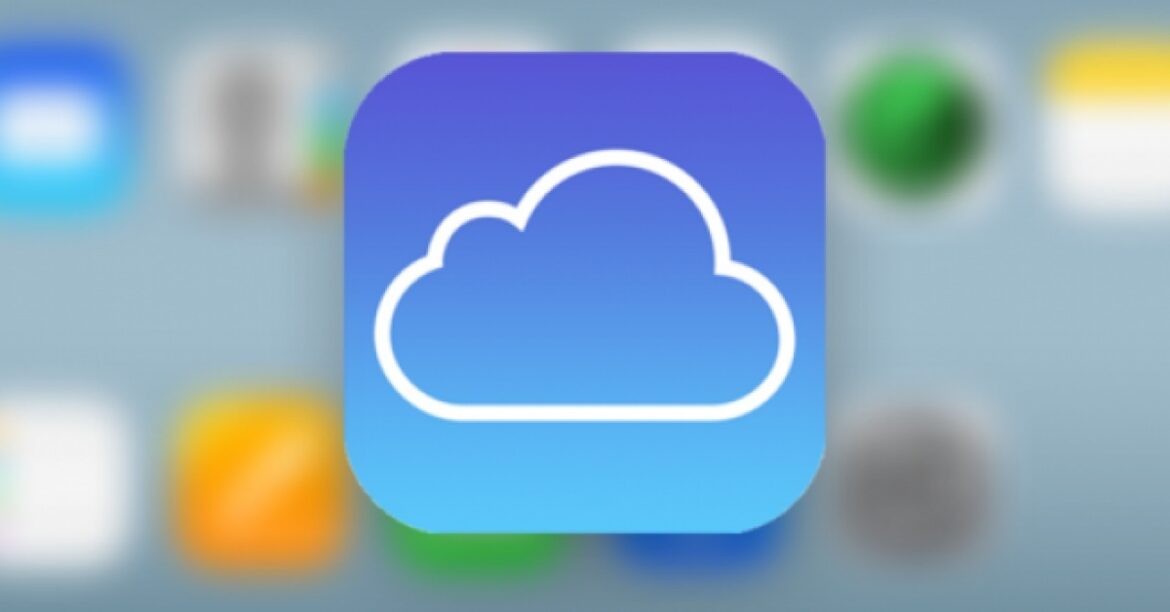iCloud is a cloud storage and cloud computing service from Apple Inc. launched on October 12, 2011. iCloud is a cloud storage and cloud computing service from Apple Inc. launched on October 12, 2011.
It synchronizes data across devices, including the Apple Music streaming service, the iTunes Store, photos from Apple’s iLife software suite (iPhoto), documents created in Apple’s iWork productivity apps (Pages, Numbers, and Keynote), iOS applications downloaded from the App Store, settings and configuration data such as email account settings, Wi-Fi network information and passcode lock settings to all compatible devices via an encrypted connection to the Internet using either Wi-Fi or cellular networks.
What is the iCloud drive?

iCloud Drive is a cloud storage service from Apple Inc. It allows users to store files in iCloud and access them from any iOS device or Mac computer. The iCloud Drive works with iTunes, Photos, iMovie, and other apps.
iCloud Storage
iCloud Drive is a cloud storage and cloud computing service from Apple Inc. launched on October 12, 2011, as part of iCloud. It’s available for all devices running iOS 5 and later, Mac OS X Lion (10.7) and later, Windows Vista SP2 or newer, or a PC with an Intel processor with at least 2 GB of RAM and 100 MB disk space for system cache and temporary files.
You can use it to store documents created by various applications including Microsoft Office documents via the Open & Save panel in Pages, Numbers, or Keynote. You can also include photos from your photo library in the Mail messages you compose using the Photos app. With the release of OS X Yosemite 10, users are now able to store their documents within iCloud Drive without having to convert them into any specific format.
What is iCloud?
iCloud is a cloud storage service that was launched by Apple Inc. in October 2011. It provides its users with the means to keep their files, photos, and other media in sync between various devices and access them from anywhere on the internet.
The iCloud service allows users to store their documents and media files on remote servers for download to iOS, macOS, or Windows devices. It also enables users to share and send data with other people; if you lose your device, it can be remotely wiped so as not to compromise your personal information; if you want more storage space, it offers additional storage plans for purchase (a maximum of 2 TB).
How to set up iCloud Drive?
To set up iCloud Drive on your iPhone or iPad:
- Go to the Settings app on your iPhone or iPad.
- Tap on iCloud.
- Tap on iCloud Drive and then tap on Turn On iCloud Drive. You’ll be prompted to enter your Apple ID password for verification purposes, and then tap Done when done.
How to work with iCloud files offline?
You can use iCloud Drive to work with your files offline. That means you can open and edit your documents, spreadsheets, photos, and other files even when you don’t have an Internet connection.
On Mac:
- Open a document in the Finder or any app that saves to iCloud Drive by clicking on its name in the sidebar or main window of the app. You’ll see a document icon appear in the Dock next to other open documents—allowing you quick access to all of them at once by clicking this icon anytime you need it!
- To open a single file from iCloud Drive on your Mac desktop (without having to open any apps), simply drag & drop it onto your desktop like any other file; then double-click it just like with any local file–this will launch Pages/Numbers/Keynote (or whatever app was used last time) along with opening up both versions side-by-side for easy comparison purposes.”
How do differentiate between iCloud and iCloud Drive?
iCloud Drive is a cloud storage service that lets you securely store files, photos, and other documents in the cloud. It’s part of Apple’s iCloud service, which also includes features like Find My iPhone and Find My Friends.
The main difference between iCloud Drive and iCloud is that the latter lets you store all your content (such as photos, music, and apps) on your device so they can be used offline.
So if you want to use your iPhone as a camera for example — or listen to music without an internet connection — then it makes sense to use iCloud rather than iCloud Drive!
Similarities between iCloud Drive and iCloud?
iCloud Drive is a cloud storage service from Apple Inc. launched on October 12, 2011. It is a part of iCloud and it allows users to store files and access them from multiple devices.
The major difference between iCloud Drive and Dropbox is that the latter does not offer free storage for all its users. You will have to pay for upgrading your account or you can get free space by referring other people who also want to use Dropbox as their storage solution.
As of 2018, the service had an estimated 850 million users, up from 782 million users in 2016.
iCloud is a cloud storage and cloud computing service from Apple Inc. launched on October 12, 2011. It provides an interface to store files on remote servers hosted by Apple and is accessible with special client software called iCloud for Windows available for Windows XP (SP2 or later), Windows Vista, Windows 7, and Windows 8 PCs; Macintosh computers running OS X Lion 10.7 or later; iPhone 4S and later models running iOS 5 or later; iPad 2 Wi-Fi + 3G model running iOS 5 or later via USB connection to iTunes; iPod Touch 5th generation model running iOS 6 or later via USB connection to iTunes (updating the device’s software will also move its content from iDisk to iCloud); iPad mini Wi-Fi + Cellular model running iOS 6 or later via USB connection to iTunes (updating the device’s software will also move its content from iDisk to iCloud).
iCloud enables users to store data such as documents, photos, and music on remote servers for download to iOS, macOS, or Windows devices, share and send data to other users, and manage their Apple devices if lost or stolen…
In 2011, iCloud was replaced by Apple’s CloudKit framework; the latter was then rolled out with the release of iOS 8 in 2014.
In 2011, iCloud was replaced by Apple’s CloudKit framework; the latter was then rolled out with the release of iOS 8 in 2014. CloudKit is a framework for developers to build apps that sync with iCloud.
CloudKit
CloudKit is a replacement for iCloud, which allows you to store your app data in an easily accessible place on your device or computer so you can use it anywhere at any time.
As of 2018, the service had an estimated 850 million users up from 782 million users in 2016.
According to a report by the Audit Bureau of Circulations (ABC), Apple’s iCloud is the leading cloud storage provider as it hosts over 2,000 billion files and 1.8 petabytes worth of data. This makes iCloud one of the top three largest cloud services worldwide, alongside Dropbox and Microsoft OneDrive.
Users can change their settings to stop applications from backing up automatically to iCloud.
If you are a user who wants to change your settings, here are two ways you can do so:
- Go to the application’s settings page. This will vary based on what applications you’re using, but for example, if you’re using iPhoto or Pages, go to:
- App name>Preferences>General>iCloud Backup
- In this section of preferences, you’ll see a button that says “Turn Off iCloud Backup.” Once it’s turned off, your device will no longer back up what is stored on it when connected with iCloud Drive.



